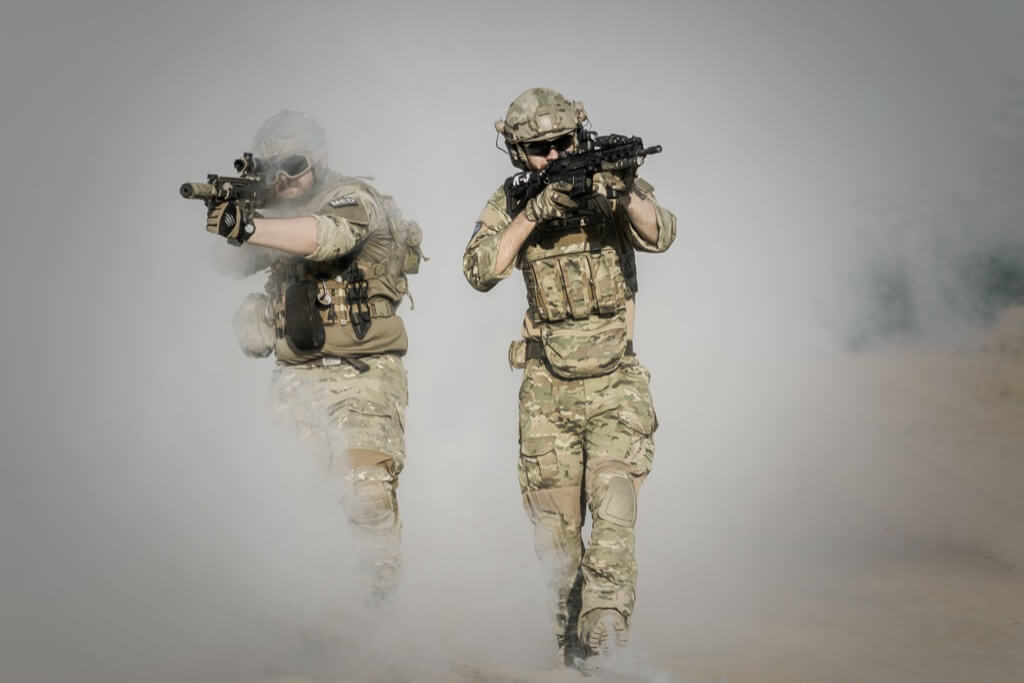In a surprising development, a top official from Hamas, Bassem Naim, announced the Islamist group’s willingness to release all Israeli soldiers in their custody. This statement comes amidst ongoing negotiations to extend the ceasefire between Israel and the Palestinian Hamas movement, highlighting a potential shift in the dynamics of this long-standing conflict.
As the ceasefire, initially set for six days, approached its end, both sides were engaged in intense negotiations. Naim, a significant figure in Hamas and former Gaza health minister, indicated that these talks were challenging yet pivotal in reaching a longer truce. The proposal to exchange prisoners is seen as a significant move towards prolonging peace. The conflict between Israel and Hamas has been marked by episodes of violence and prisoner exchanges. In a notable incident on October 7, militants from Gaza reportedly abducted over 240 people from southern Israel, leading to an Israeli response of air and military strikes. These strikes, according to Hamas, have resulted in a high number of Palestinian casualties. The ongoing negotiations and the recent ceasefire have already seen the release of some prisoners from both sides, bringing relief to their families.
Hamas’s holding of Israeli soldiers has been a contentious issue, often used as leverage in negotiations. This strategy was notably seen in 2011 when Israeli soldier Gilad Shalit was released in exchange for over a thousand Palestinians. The current situation suggests a similar approach, with Hamas potentially using the remaining Israeli captives as bargaining chips. The scale of imprisonment on both sides has been a constant source of tension. Activist groups claim around 7,000 Palestinians are held in Israeli prisons, with many of them being high-profile figures. Hamas’s recent proposal to exchange all captives is seen as a bold step, indicating their readiness for a broader negotiation toward a permanent ceasefire.
Amidst the political and military strategies, the human cost of the conflict remains high. Recent shelling in Gaza reportedly led to civilian casualties, including a mother and her two young children. These incidents add a layer of urgency to the negotiations, pressing both sides to consider the humanitarian impact of their actions.
Understanding the Impact of the Proposed Exchange
The proposal from Hamas to exchange Israeli soldiers could have a profound impact on the ongoing conflict between Israel and Palestine. For you, as an observer, understanding this impact involves looking beyond the immediate exchange of captives. This move might signify a willingness from both sides to engage in dialogue, potentially leading to a reduction in hostilities. For individuals affected by the conflict, this could mean a much-needed respite and a step towards a more peaceful coexistence.
The prisoner exchange offer could serve as a bridge-builder between the two parties. It represents a tangible step towards negotiation, which is crucial for any long-term resolution. For you and your community, this could mean an opportunity to support initiatives that promote peace and understanding between Israelis and Palestinians. Such efforts are essential in fostering an environment conducive to peace. From a humanitarian standpoint, the proposed exchange holds significant importance. The return of captives to their families brings relief and closure. For you, as someone empathetic to the plight of those caught in the crossfire, this move is a reminder of the human aspect of the conflict – the lives, hopes, and families behind the political discourse. It underscores the need for solutions that prioritize human lives and dignity.
While the proposal is a positive step, it’s crucial to be aware of the potential challenges. The complexities of the Israeli-Palestinian conflict mean that this exchange, while significant, is just one piece of a much larger puzzle. For you, staying informed and understanding these challenges is vital in forming a well-rounded view of the situation. It’s important to remain cautiously optimistic and support efforts that aim for a sustainable and peaceful resolution.
The international community’s response to this development will be crucial. Effective mediation and support can help leverage this opportunity to reduce tensions and encourage further dialogue. For you, this might mean advocating for your government’s active involvement or supporting international organizations working towards peace in the region. Your voice and actions can contribute to a global effort for peace and stability in the region.
International mediation’s effectiveness in resolving the Israeli-Palestinian conflict is a contentious issue. While some argue that external mediators like the United Nations or other countries can provide neutral ground for negotiations, skeptics question their effectiveness, pointing to past failures where international interventions have not led to lasting peace. The debate revolves around whether external mediators can truly understand and address the deep-rooted issues of this conflict, or if their involvement further complicates the situation.
The use of economic sanctions as a tool to pressure parties into negotiations is widely debated. Proponents believe that sanctions can effectively force governments to reconsider their positions and seek peaceful solutions. However, opponents argue that sanctions often hurt the civilian population more than the ruling government, potentially exacerbating tensions and resentment. The crucial question here is whether the economic cost imposed by sanctions contributes to peace efforts or hinders them by deepening the humanitarian crisis.
The media’s role in shaping public opinion and, by extension, government policy towards the conflict is another critical issue. Media portrayal can often skew public perception, potentially influencing the policy decisions of governments. While some argue that media coverage brings necessary attention and pressure for conflict resolution, others contend that biased or sensational reporting can inflame tensions and hinder peace processes. This debate centers on finding the balance between informative reporting and ensuring media biases do not adversely affect peace efforts.
Grassroots movements within both Israeli and Palestinian communities have gained momentum, advocating for peace and coexistence. The effectiveness of these movements in influencing policy and creating a bottom-up approach to peace is debatable. Advocates for grassroots initiatives argue that true peace can only be achieved if it’s supported by the population, while critics doubt the ability of these movements to influence entrenched political ideologies and policies.
The role of education in both Israeli and Palestinian territories as a tool for fostering long-term peace is a subject of debate. Education can play a crucial role in shaping the perspectives of future generations regarding the conflict. While some argue that an education system focused on peace, tolerance, and understanding of the other side’s perspective can lay the groundwork for lasting peace, others are skeptical about its impact, given the deep-seated historical and cultural animosities.
The latest developments in the Israeli-Hamas conflict, especially the proposed prisoner exchange, signal a potential move towards a more sustained period of peace. However, the complexities of the situation, with its deep-rooted political, social, and humanitarian facets, mean that achieving a lasting ceasefire will require continued effort and compromise from both parties. The international community’s role in mediating and supporting these efforts will be crucial in shaping the future of this region.




